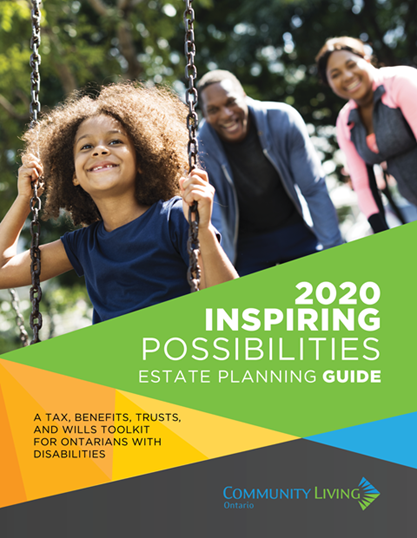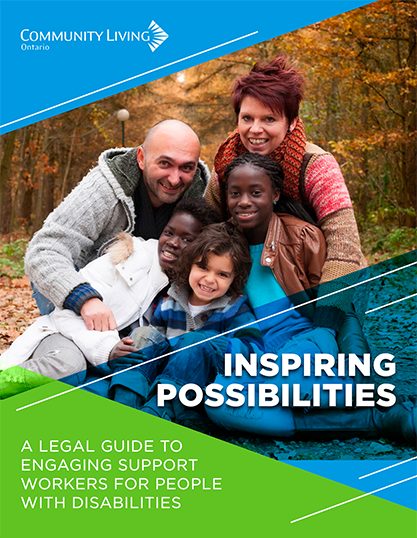The Minister of Children, Community and Social Services, the Hon. Lisa MacLeod, announced reforms to the Ontario Autism Program (OAP) today to attempt to address the approximate 75% of children with autism in the province who are currently on waitlists to receive autism supports and services. The government stated that they plan to clear the waitlist, which includes over 2,400 families waiting for a diagnosis assessment and more than 23,000 families waiting for behavioural services, within the next 18 months.
Under the government’s proposed reforms, families will receive a Childhood Budget of up to $140,000 until their child turns 18. Minister MacLeod expressed that the government is focused on making the OAP more “fair, equal, and sustainable”, allowing families the choice and flexibility to direct funding as they wish, such as toward caregiver training, respite services, and technological aids. The government stated that they plan to double the funding provided to the five diagnostic hubs across the province to assist families waiting for a diagnosis.
The new Childhood Budget will target younger children in the 0 to 5 age range, for evidence-based early intervention. Families will receive subsequent amounts as children get to age 18, where the amount in each budget will depend on the length of the time that a child will be in the program. For example, a child entering the program at age two would be eligible to receive up to $140,000, whereas a child entering the program at seven would receive up to $55,000. Families will be income-tested in order to be eligible to receive funding, with a cut-off at an income over $250,000.
While PooranLaw acknowledges that there were implementation issues still to be addressed in the program created under the previous government, we urge the Ministry to clarify and consider the uncertainty the reforms create for families supporting their children, particularly those requiring intensive services. Families that have not had their existing contracts renewed do not have clear direction on how their funding will be continued and there is a shortage of service providers to try to clear the backlog during the time period the government is proposing. Under the new funding model, the changes appear to be based on age rather than the needs of the child according to clinical recommendations.
We will keep you informed as we learn new developments about the OAP reforms. In the interim, if you have any questions or wish to discuss the implications for you, your family or the people you support, please contact Brendon Pooran at bpooran@pooranlaw.com or Melanie Battaglia at mbattaglia@pooranlaw.com.







